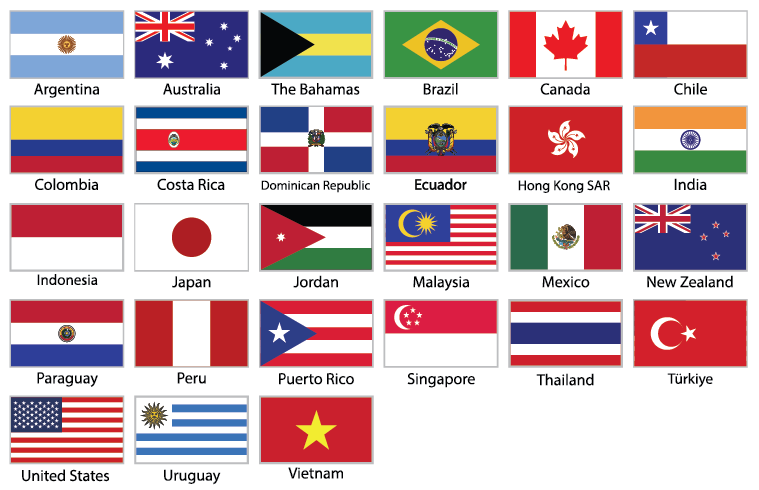Egg production is ugly business for most chickens that supply our supermarkets. But due to pressure from consumers, more humane growing methods are becoming more popular. Unfortunately, we don’t always know what the labels on the egg cartons mean. So if you don’t have a local source of eggs and know where your eggs are coming from, here is a short primer on egg carton lingo and what it means to the chicken.
Traditional egg production facilities mean life in a very small cage for most hens. However, if you see the terms “free range,” “free roaming,” or “cage free” the hens can walk around, flap their wings, and preen. Hens are probably kept in a large flock in open warehouses.
“Free range” or “free roaming” means chickens have access to the outside. However, what access to the outside means is ambiguous. It can mean that outside access is limited and on dirt or concrete.
“Cage free” does not mean the birds have had access to the outside.
If the carton says “certified humane” it means the birds were raised in a manner that meets certification requirements of Humane Farm Animal Care. Laying hens must be uncaged and have access to perches, nest boxes and dust-bathing areas. Flock density is limited but birds are not required to have access to the outdoors. Beak trimming is allowed; debeaking is not. Starvation to induce molting is not permitted.
Many pay a lot more for “certified organic” eggs. This means the birds must be fed organic, vegetarian feed and cannot be dosed with antibiotics. Birds cannot be caged. However, birds may be debeaked and starved to induce molting. The amount of outdoor access to the birds is not clearly defined and on many organic farms, birds may have access only to a small concrete yard.
“Omega 3” eggs are also quite pricey. All eggs have omega-3 fatty acids in small amounts. Omega-3 can be increased in eggs by feeding flaxseed, fish oil or alfalfa meal. If we’re lucky, the grower will choose instead to increase omega-3 through allowing the birds to forage on lawn or pasture.
Although not on the carton, when you open the egg, the brighter orange the yolk, the more carotenoids the egg contains.
We need to encourage pastured egg and chicken production. Pastured eggs contain 10% less fat, 34% less cholesterol, 40% more Vitamin A and 4 times the amount of omega-3. Pastured chicken meat contains 21% less fat and 50% more Vitamin A than the USDA standard.

Humane Eggs
Posted: July 8, 2009 by Certified Humane
Click here to view the original article
Traditional egg production facilities mean life in a very small cage for most hens. However, if you see the terms “free range,” “free roaming,” or “cage free” the hens can walk around, flap their wings, and preen. Hens are probably kept in a large flock in open warehouses.
“Free range” or “free roaming” means chickens have access to the outside. However, what access to the outside means is ambiguous. It can mean that outside access is limited and on dirt or concrete.
“Cage free” does not mean the birds have had access to the outside.
If the carton says “certified humane” it means the birds were raised in a manner that meets certification requirements of Humane Farm Animal Care. Laying hens must be uncaged and have access to perches, nest boxes and dust-bathing areas. Flock density is limited but birds are not required to have access to the outdoors. Beak trimming is allowed; debeaking is not. Starvation to induce molting is not permitted.
Many pay a lot more for “certified organic” eggs. This means the birds must be fed organic, vegetarian feed and cannot be dosed with antibiotics. Birds cannot be caged. However, birds may be debeaked and starved to induce molting. The amount of outdoor access to the birds is not clearly defined and on many organic farms, birds may have access only to a small concrete yard.
“Omega 3” eggs are also quite pricey. All eggs have omega-3 fatty acids in small amounts. Omega-3 can be increased in eggs by feeding flaxseed, fish oil or alfalfa meal. If we’re lucky, the grower will choose instead to increase omega-3 through allowing the birds to forage on lawn or pasture.
Although not on the carton, when you open the egg, the brighter orange the yolk, the more carotenoids the egg contains.
We need to encourage pastured egg and chicken production. Pastured eggs contain 10% less fat, 34% less cholesterol, 40% more Vitamin A and 4 times the amount of omega-3. Pastured chicken meat contains 21% less fat and 50% more Vitamin A than the USDA standard.
Category: Legacy